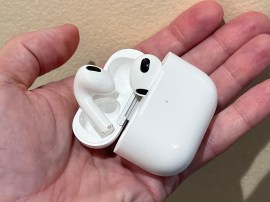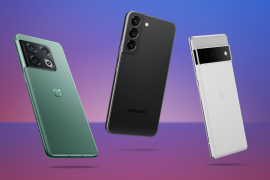Stuff’s Guide to Photography: how to take mouth-watering food photos
Satisfy your foodtography rumblings with our healthy-but-tasty guide...
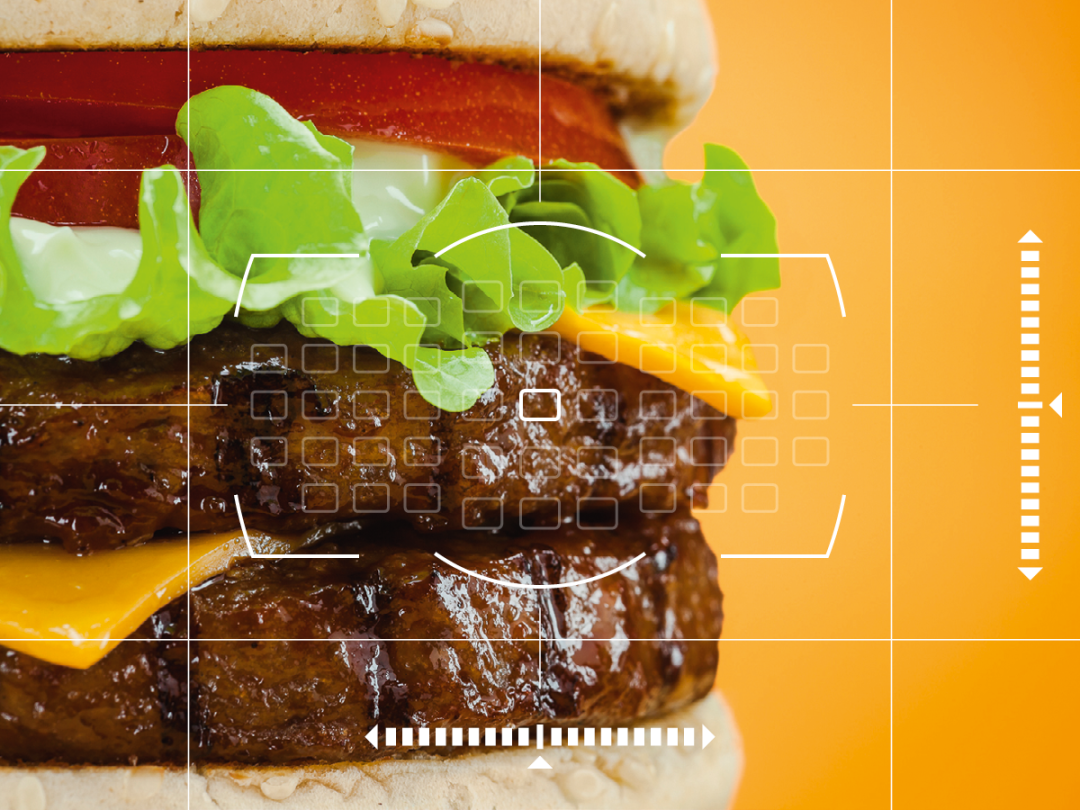
There’s a big difference between a hastily snapped munchstagram and a beautifully posed Instalicious.
But how do you bridge the gap? Luckily, you don’t have to be a pro foodtographer with powerful lights and ninja level Lightroom skills – lots of simple tricks can make a big difference to help you stand out from the dinner-snapping hordes.
Here’s how to take genuinely tasty pictures of your meals.
Be Original
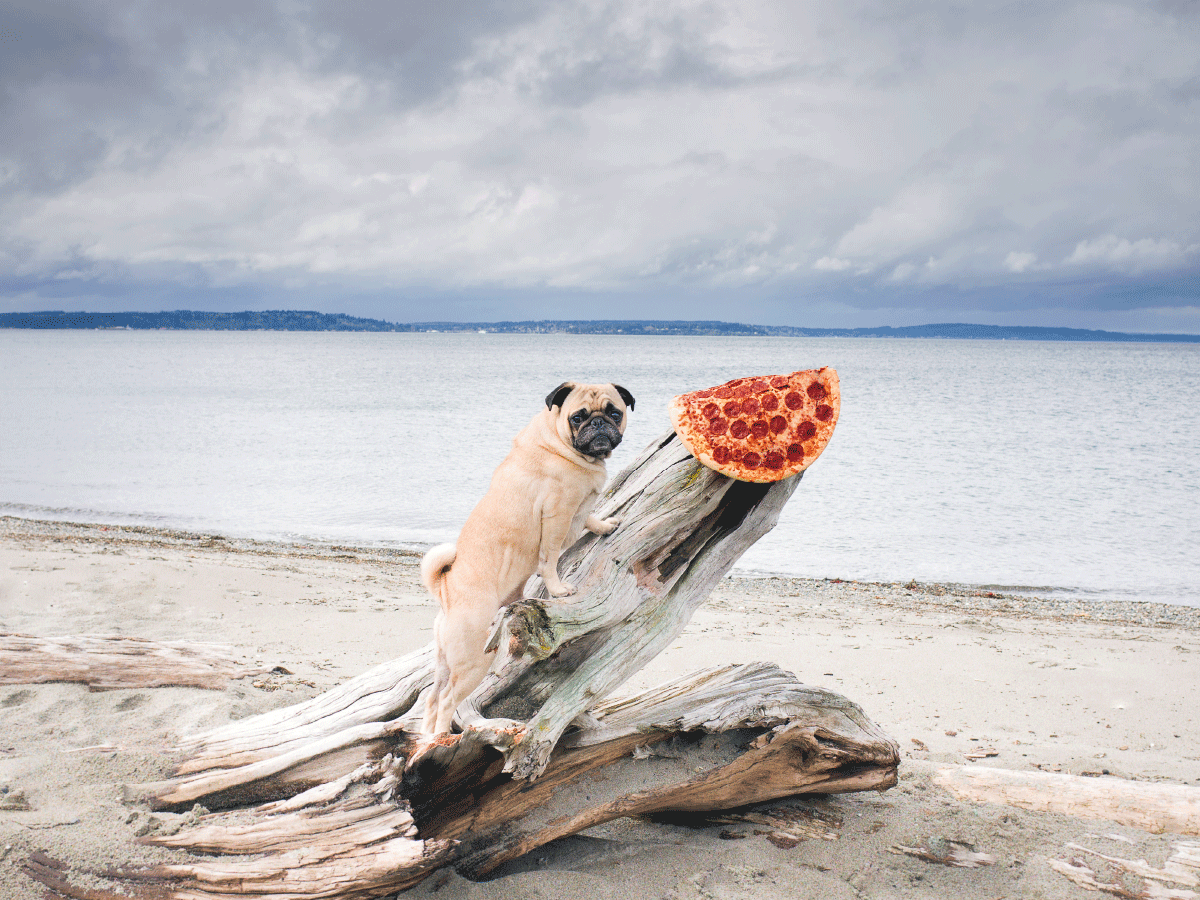
Food snaps are the third most popular thing to share on social media. There are already several billion top-down shots of food on white plates on Instagram and Pinterest, so pick interesting angles and subjects and you’ll stand out.
If you’re cooking at home, a shot of the meal being made or even a single ingredient can tell a story more effectively than a plated-up dish. If you’re in a restaurant, try getting right up close so the plate more than fills your picture, or set your phone at table level for a profile shot of the dish.
Concentrate on making a good picture rather than clearly showing what you’re eating (you could try shooting through your water glass, for example) and people might forgive you for tweeting pictures of your dinner.
And, if all else fails, a photo of a dog with a pepperoni pizza is a surefire winner.
Image: Jonpaul Douglass (buy prints)
Turn That Flash Off
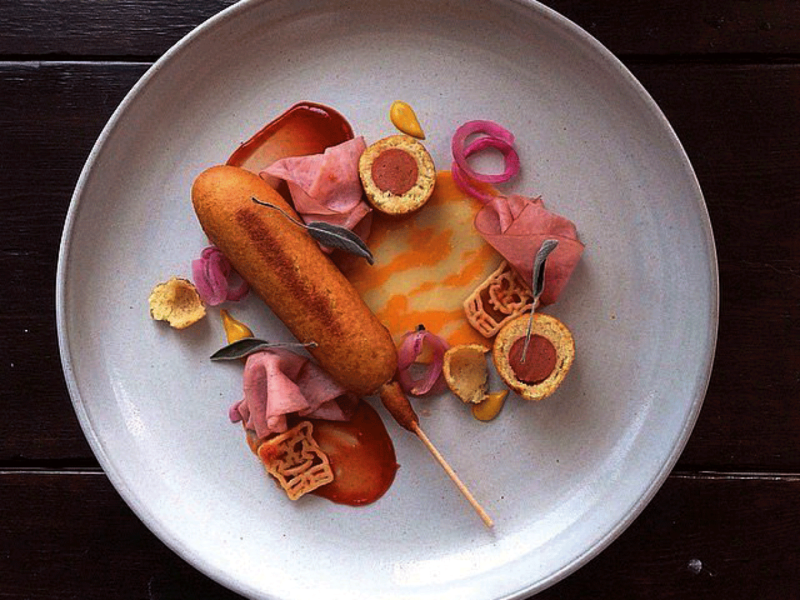
Any phone flash will create reflections and glare; ideally you want light coming from the side, as most food is flat or flattish, so angled light picks out details.
The warm colour of indirect sunlight suits most food well, so try shooting near a window, just out of direct sunlight – again, this is easier to do at home.
Clean Up Your Background
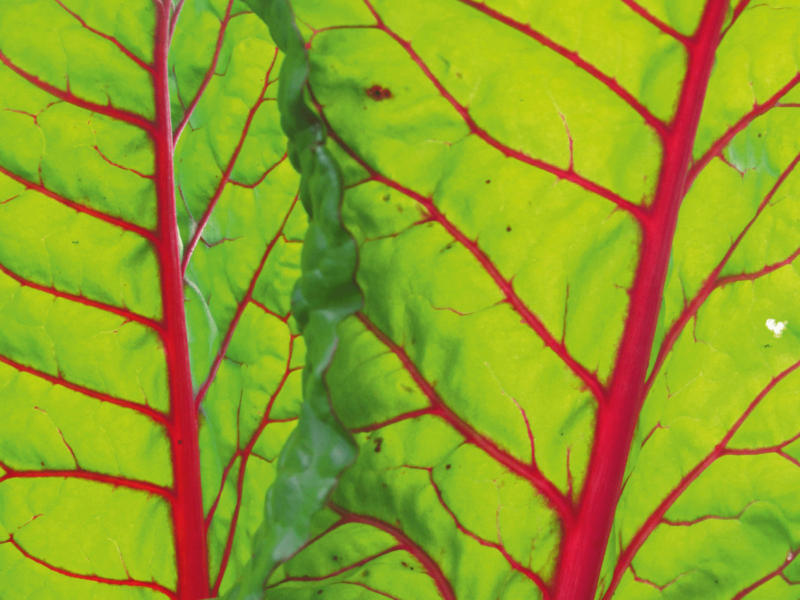
Remove clutter, use plates or boards with plain or very simple textures and wipe any unwanted splats from your plates – just like they do on Masterchef.
Alternatively, remove backgrounds altogether by filling the frame with your food, and try giving food like lettuce a quick soak or spray with water beforehand – it’ll look fresher.
Image: Alexandra E Rust
Take a Slice
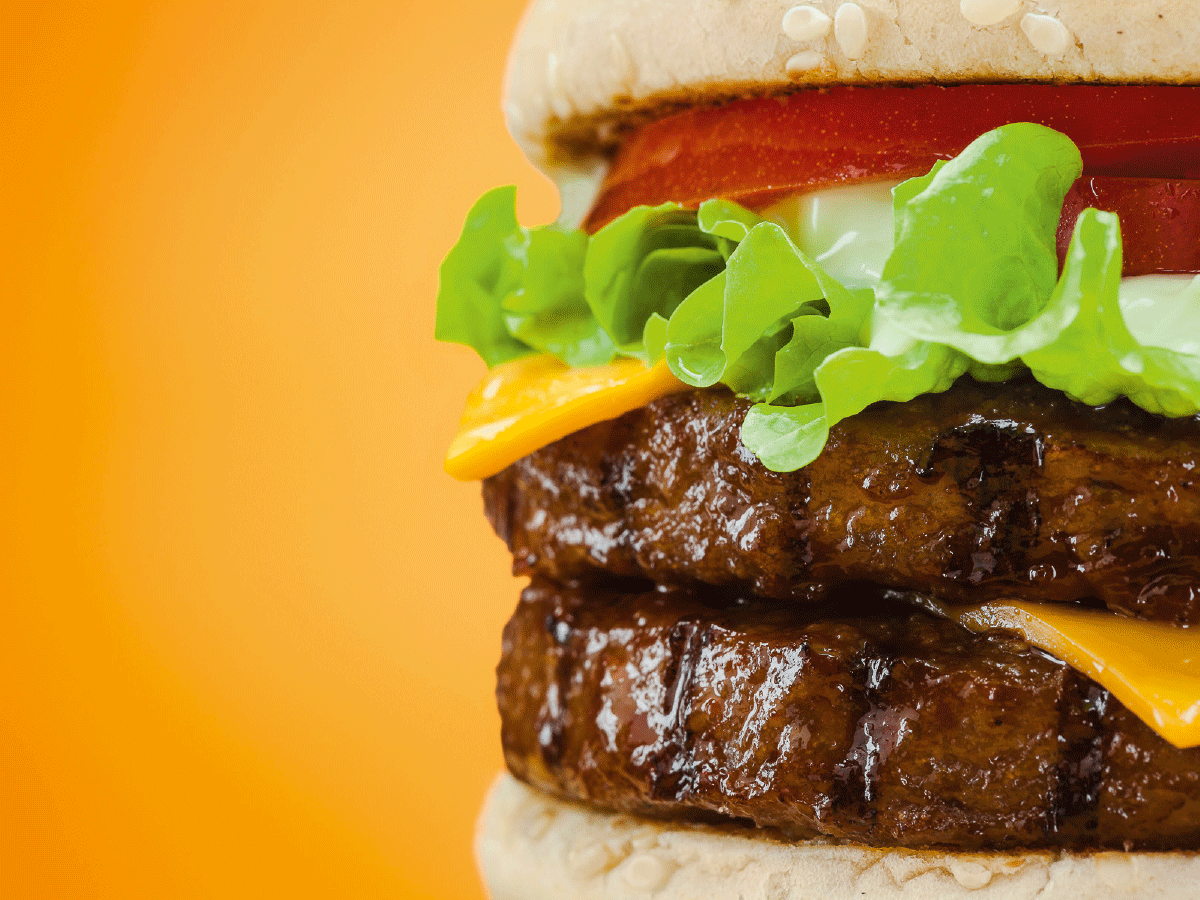
You’re justifiably proud of your multi-meat enormo-pie or your multi-layered megacake, so make sure you show off what’s inside.
Use a very sharp knife for a clean edge but don’t worry if a few crumbs fall off, as they’ll make for a more natural looking situation.
Image: Agustin Neto
If All Else Fails, Put an Egg on it
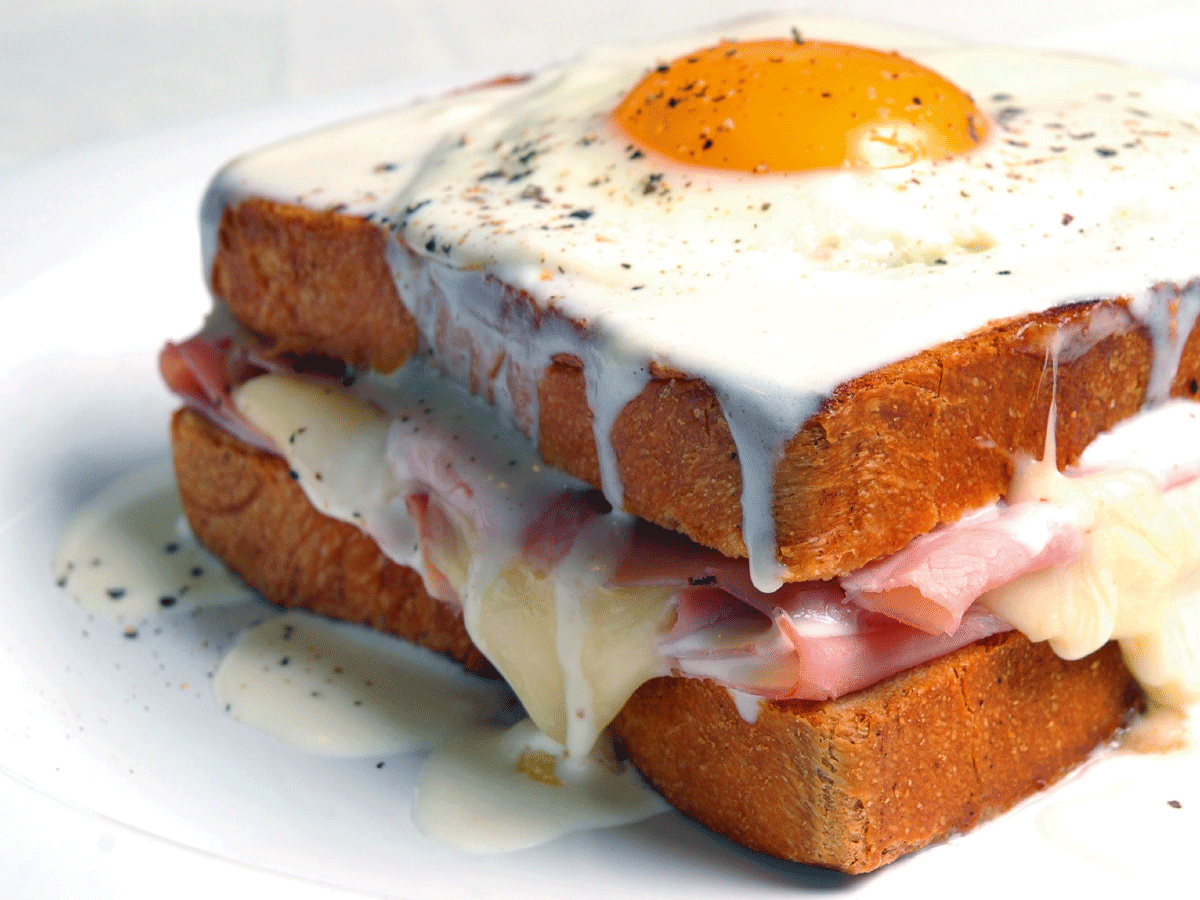
A poached egg, freshly cut so it oozes yolk onto the food below, is one of the most overused clichés in food photography, but it looks tasty.
Other lip-smackin’ techniques employed by culinary stylists include a sprinkling of large salt flakes or a daub of sauce applied with a paintbrush, but some clichés are to be avoided: never photograph your coffee, and a Jenga-tower of chunky chips looks a bit Beefeater if you ask us.
Image: Michael Stern
Slow Food With a Tripod
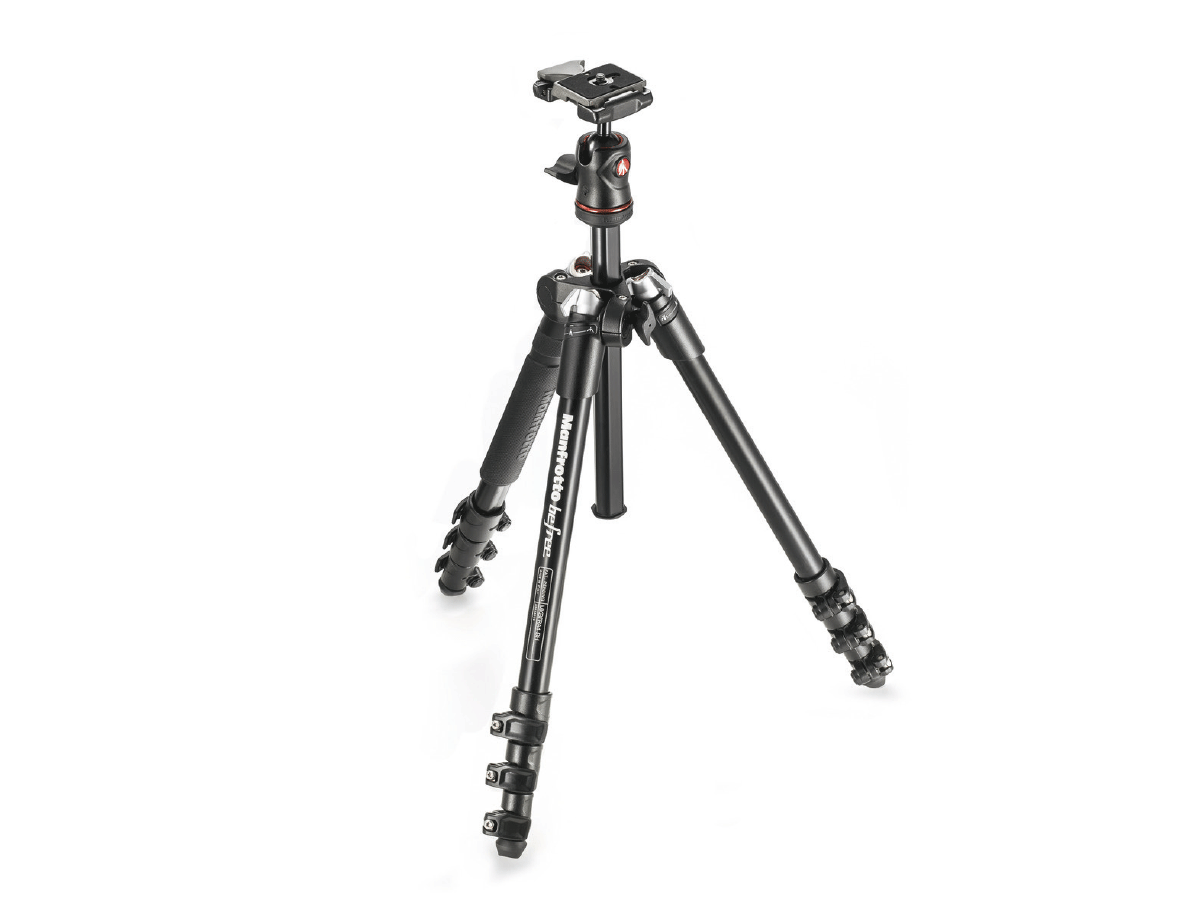
A pro food photographer typically uses two or three very powerful lights, but a useful workaround is to use a tripod and a low shutter speed to get lots of light into the camera.
This way you can still use a couple of light sources without needing a full professional studio setup to make your photographs delicious.
Inspiring Instagram Accounts
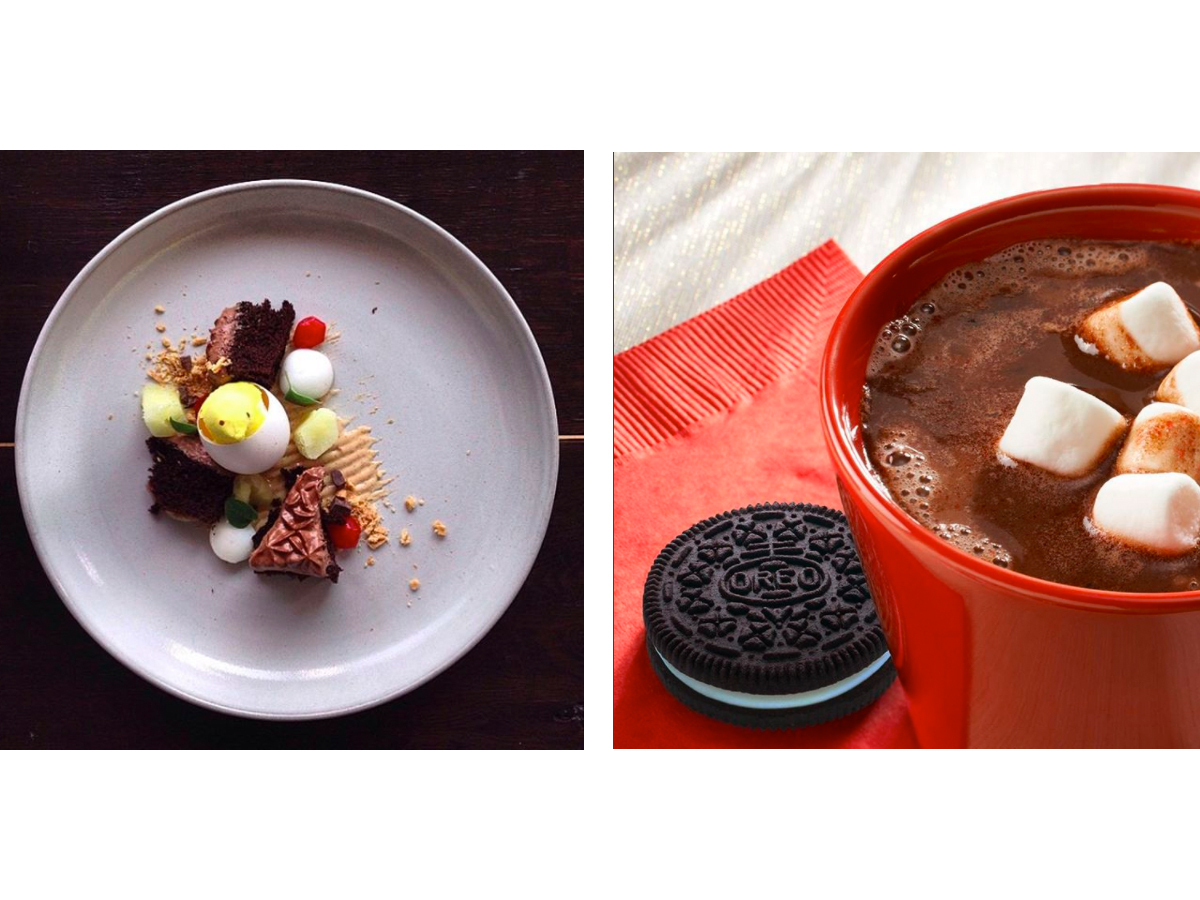
@chefjacqueslamerde (left)
This anonymous account takes junk food apart and reassembles it into plates that look like haute cuisine.
@oreo (right)
Taking one biscuit and creating so many interesting images from it is an achievement. One of the most followed food brands on Instagram.

